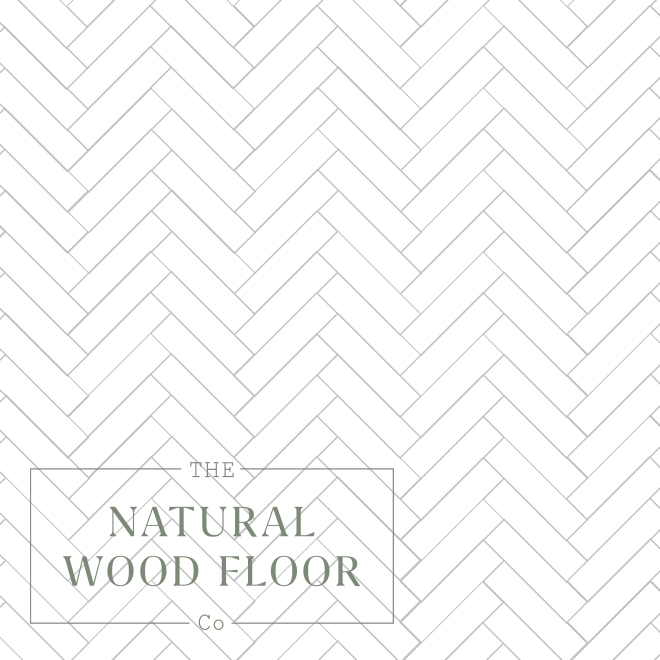Advice
Patterns for laying a Parquet Wood Floor
Choosing your parquet wood floor style
The quality that makes parquet wood blocks different to normal boards is that they have fixed width and height dimensions. This allows the blocks to be laid in repeating patterns to produce intricate geometric designs and give a room a visually exciting atmosphere.
Because we manufacture our parquet wood flooring to the highest standard, the style you choose to lay your parquet in will not affect the overall stability of the floor.
We always recommend that parquet is fully bonded to the subfloor with a wood adhesive, as parquet woodblocks are not suitable to float or fix with nails.
The style of laying pattern that you choose for your parquet may depend on the size of the parquet, the species and grade of wood, or the finish. It will also depend on the setting and your preferences!
Have a look below for helpful diagrams of different patterns, and some examples of parquet wood flooring patterns.
Herringbone
This is a classic laying pattern for parquet. The blocks are laid so that they inter-lock in a diagonal pattern, giving the room visual direction by drawing the eye in a particular way.
Most commonly, the points of a herringbone pattern floor are laid parallel to a room’s longest wall, or towards the window.
With a herringbone pattern, you can easily achieve a traditional classic look, especially using one of our tumbled parquet wood blocks, which is aged to look exactly like reclaimed wood. Have a look at our Aged & Oiled Parquet block for a combination of traditional appearance and modern engineering.
Herringbone pattern woodblocks are generally laid in a single herringbone or a double herringbone style, where the two blocks are doubled up next to each other. These variations are both classic patterns.
If you’re looking to be more adventurous, you can always combine different species of wood, or even different finishes applied to the parquet blocks. An alternating half and half herringbone pattern can look simply stunning, especially in the right setting.
Basket Weave
Basket weave patterned parquet is equally traditional and gets its name from the manner in which a basket is weaved! Sounds simple, but there are different styles of basket weave.
The most simple is to use the number of blocks that correspond to the ratio of length:width. For example, our blocks are manufactured with a 4:1 ratio, with dimensions of 280 x 70 mm. Because of this, a simple pattern will use 4 blocks in one direction adjacent to 4 blocks in the opposite direction.
Alternatively, the number and direction of blocks can be changed to suit your preference. For example, you might want 4 blocks in one direction, then 1 block in the other direction separating each group of 4. With that pattern, the choice of where to stagger each row of blocks is up to you! You could decide that you want the single separating block to be in the middle of the 4 below, or closer to one side. Each pattern has its own unique style and is ultimately down to your preference.
Brickwork & Ladder
Brickwork patterned parquet surprisingly gets its name from the way in which bricks are stacked.
Each block straddles the two blocks directly below and above, creating a pattern of shorter lines regularly intersecting perpendicular lines.
As with a basket weave pattern, the choice can be made of where the shorter line is in relation to the blocks above and below. You might choose to have it in the middle, as is more traditional, or you could stagger the blocks so they appear to be on one side or the other of blocks above and below.
An slightly more unusual pattern is the ladder pattern. This can be stunning with the right block and the right setting. However, this type of laying is to be approached with a bit of caution & preparation, as the blocks are not supported on all sides without false tongues in place.
Chevron
The timeless classic that is chevron is simply irresistable in certain settings.
From the chevron floors that we sell, you can either choose individual chevron blocks of standard sizes, or you can get engineered chevron boards. The difference is that chevron blocks have to be laid one by one, while a chevron board already has the chevrons glued together in a row on a board. This allows for increased ease of fitting, but this is of course down to personal taste!
Our chevron boards are offered in either Oak or Walnut, two fantastic species that are both sustainable and gorgeous.
View all of the parquet and chevron floors that we stock





















